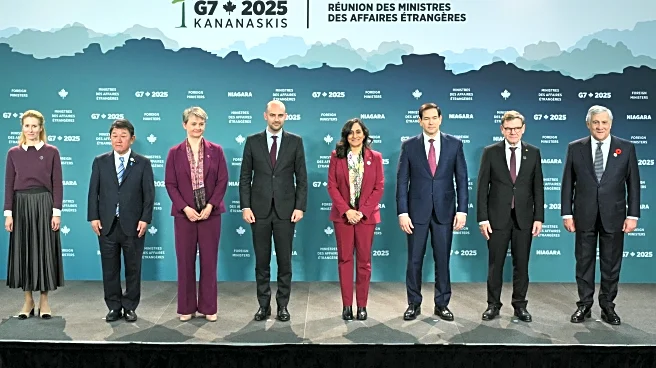What's Happening?
The Gelephu International Airport, designed by BIG - Bjarke Ingels Group, has won the World Architecture Festival Future Prize for its innovative use of mass timber in a seismically active region. Located
on the border of India and Bhutan, the airport's design features a quake-proof diagrid structure made from glulam beams and columns. The project was praised for its ambition, social value, and seamless integration into the landscape. The airport includes a 'Forest Spine' courtyard that divides domestic and international sections, enhancing natural light and connecting travelers to nature. Built from locally sourced timber, the design allows for easy disassembly and expansion, accommodating 123 flights daily and expecting 1.3 million passengers by 2040.
Why It's Important?
The recognition of Gelephu International Airport at the World Architecture Festival highlights the growing importance of sustainable and innovative design in architecture. The use of mass timber in a seismically active region demonstrates a commitment to environmental responsibility and resilience. This project sets a precedent for future airport designs, emphasizing the integration of natural elements and sustainable materials. The airport's design not only addresses practical needs but also enhances the cultural and aesthetic experience for travelers, potentially influencing future architectural projects worldwide. The focus on sustainability aligns with global efforts to reduce carbon footprints and promote eco-friendly construction practices.
What's Next?
As the Gelephu International Airport project progresses, it may inspire other architects and developers to explore similar sustainable design approaches, particularly in regions prone to seismic activity. The success of this project could lead to increased investment in mass timber construction, driving innovation in building materials and techniques. Additionally, the airport's design may influence policy decisions regarding infrastructure development in Bhutan and neighboring countries, promoting environmentally conscious practices. The project's impact on tourism and local economies could also be significant, as it enhances accessibility and cultural exchange in the region.













